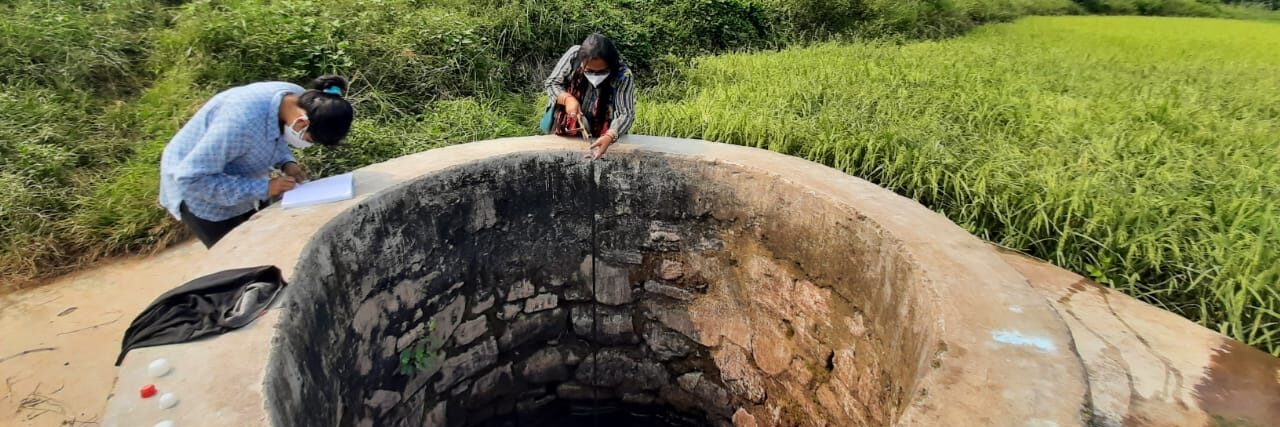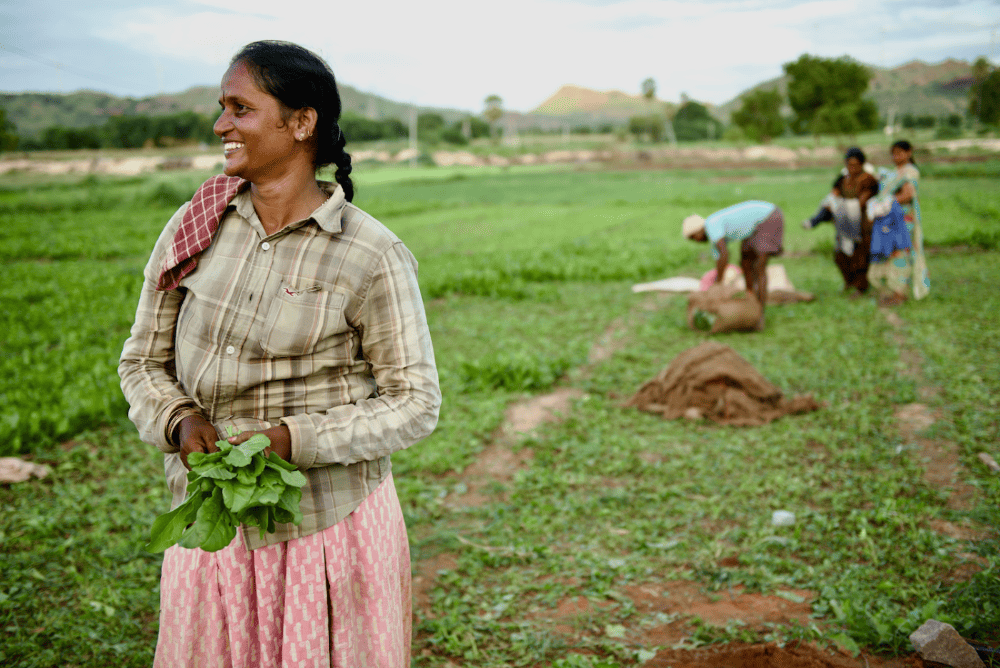S.Gundala, Dhone mandal, Nandyal district, Andhra Pradesh, India
In collaboration with

February 2024 – December 2024
We achieve a balanced ecosystem by recovering the percolation tank and caring for the terrestrial water cycle.
Objectives
- Conservation and restoration of groundwater resources.
- Ensure sufficient water availability for agriculture and reduce crop loss.
- Raise awareness among the community and Eco-Development Committee (EDC) members about efficient water management.
Beneficiaries
5,989 direct
2,724 women and 451 children under 15 years old
They are the 1,150 families from S. Gundala and 4 other villages.

On the Ground
The percolation tank is 500 years old, heavily damaged, and no longer sufficiently recharges the aquifer. Low agricultural productivity has led to poverty and migration to urban areas.
Nandyal district, in the state of Andhra Pradesh, is under the influence of the southwest monsoon, the main rainy season for much of the country. However, being in a rain shadow area, it receives less water than nearby regions, with an average annual rainfall of 693 mm. Dhone mandal, where S. Gundala village is located, receives between 315 mm and 411 mm of rainfall per year, which is very low. The village is one of the most affected by scarcity and irregular rainfall, and droughts are common.
The percolation tank used for groundwater recharge is 500 years old—built during the Vijayanagar emperors’ era— and is filled with silt and shrubs. It is a structure used to recharge groundwater by collecting surface water, such as rainwater, and allowing it to slowly percolate into the ground.
The deterioration of the tank has reduced its catchment area (the surrounding zone where rainwater is collected) to 9,000 square meters (2.22 acres). The tank’s storage capacity has also dropped to 18,000 cubic meters.
As a result, agricultural and livestock productivity has decreased, leading to higher unemployment and farmer debt, which inevitably drives migration to urban centres.
Gundalaiah Vanka, the once active stream, was also abandoned due to droughts. However, we rehabilitated it in 2023, significantly improving groundwater resources in the area.
It is encouraging that the Government of Andhra Pradesh inaugurated a project on September 19, 2023, to fill 77 tanks with water through the HANDRI – NEEVA project to irrigate 10,130 acres in Kurnool and Nandyal districts. S. Gundala is one of the villages covered by this project. Pipes for pumping water are already being laid. However, the government has not allocated any budget for rehabilitating the tank.

In detail
The primary purpose of a percolation tank is to improve water infiltration into aquifers, helping to raise groundwater levels, particularly in regions where water scarcity is a concern or water tables have dropped.
With the tank’s restoration during the rainy season and the water pumped through the government project, we can retain water year-round and contribute to improved groundwater resources. As a result, the water table in borewells will rise, providing sufficient water for irrigation, domestic use, and consumption.
This project aims to support farmers with dryland crops such as peanuts, cotton, red gram, sorghum, castor, vegetables, and fruit trees. This ensures a regular income for farming communities and, thus, their livelihoods.
The borewell data is as follows:
- Average borewell depth: 300 to 350 feet
- Average water availability depth: 200 to 250 feet
- Available water quantity: 1.5 inches
- Agricultural borewells benefiting: 116
- Drinking water borewells benefiting: 26
The sequence of project development activities:
- Organizing educational and orientation meetings for farmers and EDC members
- Rehabilitating the percolation tank
- Planting local species on the tank embankment
- Monitoring and follow-up
- Post-project assistance
Sustainability prospects
Community involvement in the project’s inception and development, along with training in the groundwater cycle, ensures a sense of ownership and is the cornerstone of sustainability.

